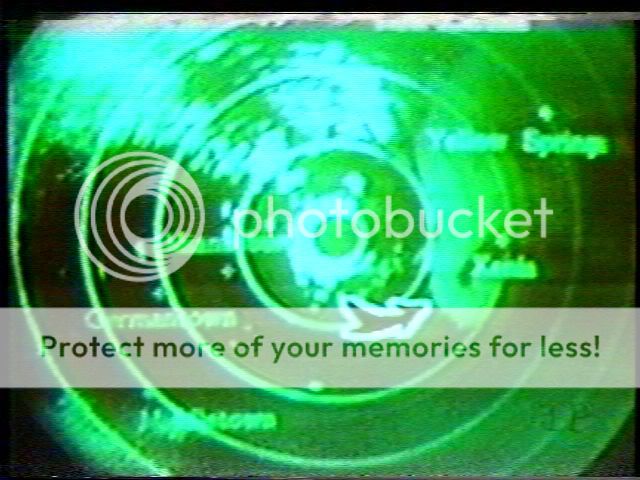isobar wrote:The first thing I noticed when driving in from Rt.42 is a prominent "Tornado Shelter" sign.
I've visited the Air Force Museum in Dayton a few times, and always walk by a door that is marked with a sign that says "Tornado Shelter" with instructions. I believe it is after you pass the gift shop (from the front entrance), and turn left.
While Xenia was devastated by their tornado, I believe it somewhat overshadowed some of the other very destructive tornadoes that day (Cincinnati, Louisville and Huntsville were major cities also hit).
Some interesting facts...
The storm developed just north of Cincinnati and tracked northeast. A tornado warning was issued for Montgomery and Greene counties in Ohio at about 3:20 PM EST, giving the city of Xenia a 15-20 minute lead-time on the tornado. The warning was based on the Dayton Weather Service Office examining the facsimile chart from the Cincinnati radar and calling the Cincinnati office for their interpretation of the storm. Neither office was exactly sure whether the storm would become tornadic, as they really couldn't see a hook echo. The decision was made to issue the warning anyway. You can clearly see a hook echo on the WHIO-TV radar, but it wasn't nearly as evident on the Cincinnati WSR-57.
In Cincinnati, the Weather Service office was aware that a tornadic storm was approaching the the area. Radio reports indicated "funnels dipping up and down" in southeast Indiana. The weather office spotted a funnel cloud touching down about 13 miles southwest of the Greater Cincinnati Airport at about 4:10 PM EST. Hamilton County civil defense director Liore Maccarone is informed of the approaching severe weather through the National Warning System (NAWAS). Maccarone radios the Cincinnati weather service for the location of the tornado. It is "thirteen mile southwest of Greater Cincinnati Airport, moving northeast at 50 mph". For the first time in seventeen years, the civil defense sirens begin sounding in Hamilton County. The first tornado passes four miles west of the Greater Cincinnati Airport before ripping through Sayler Park and the western suburbs of Cincinnati. As this tornado was weakening, a second funnel touches down and becomes a tornado in Elmwood Place (just north of downtown) and tracks northeast through the northeast suburbs and into the Mason area.
In Louisville, the Weather Service office at Standiford Field received a report of a tornado near Hardinsburg. It is moving northeast at 45 to 50 mph. They begin typing up a Tornado warning for Jefferson, Meade, Bullitt and Hardin counties in Kentucky, as well as Harrison, Floyd and Clark counties in Indiana (in effect until 5 PM). By the time the warning is out on the teletype circuit, the tornado is bearing down on Brandenburg. Meteorologist Dave Reeves phones civil defense and urges the sounding of the sirens in Jefferson county (Louisville). Chief Meteorologist John Burke is on the phone with WHAS radio as the funnel touches down at Standiford field and heads northeast towards downtown. SKYWatch 84 traffic reporter (for WHAS) Dick Gilbert relays reports of the tornado from the air as it tears through the city. Another storm is indicated by radar to possibly produce tornadoes later moves through the southern Louisville area, but does not produce a tornado. Most of these storms from southern Indiana to Kentucky and Ohio had echo tops to 60,000 feet or more.



